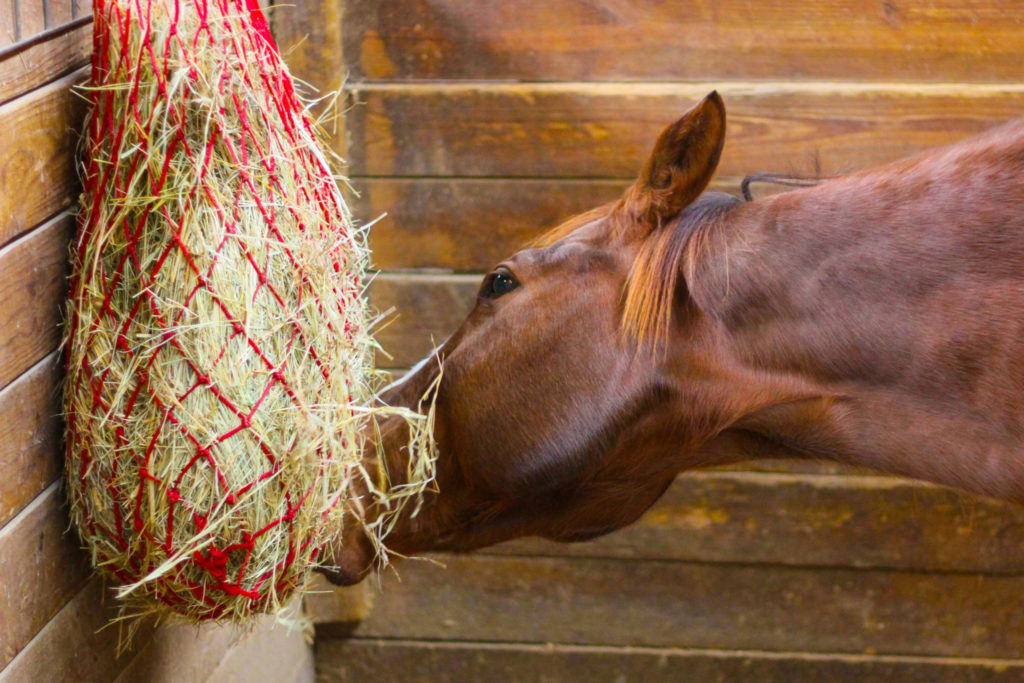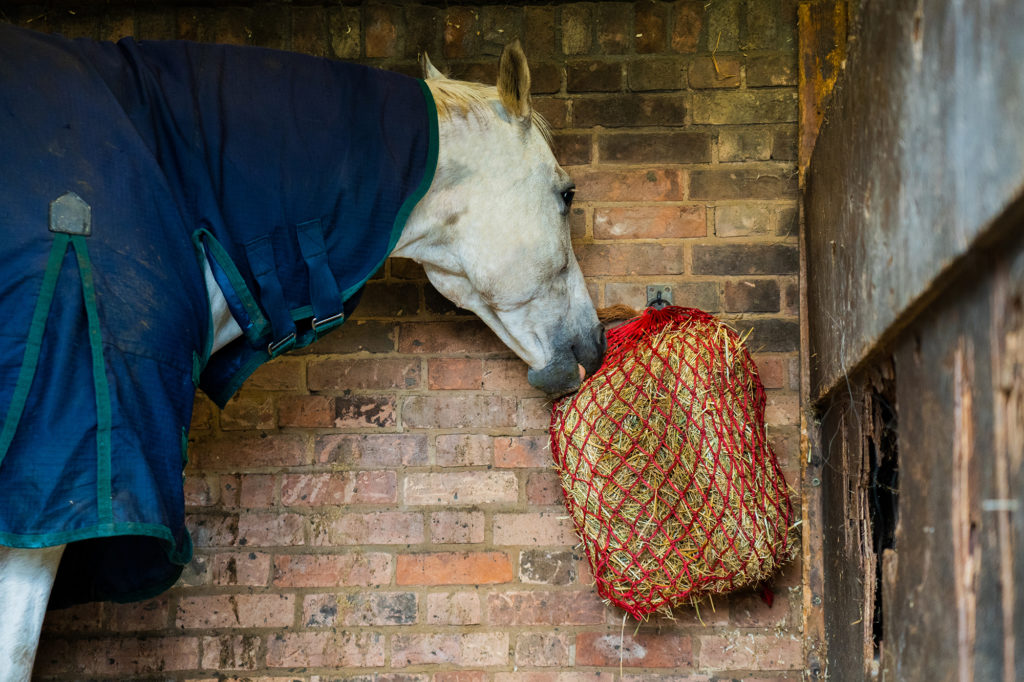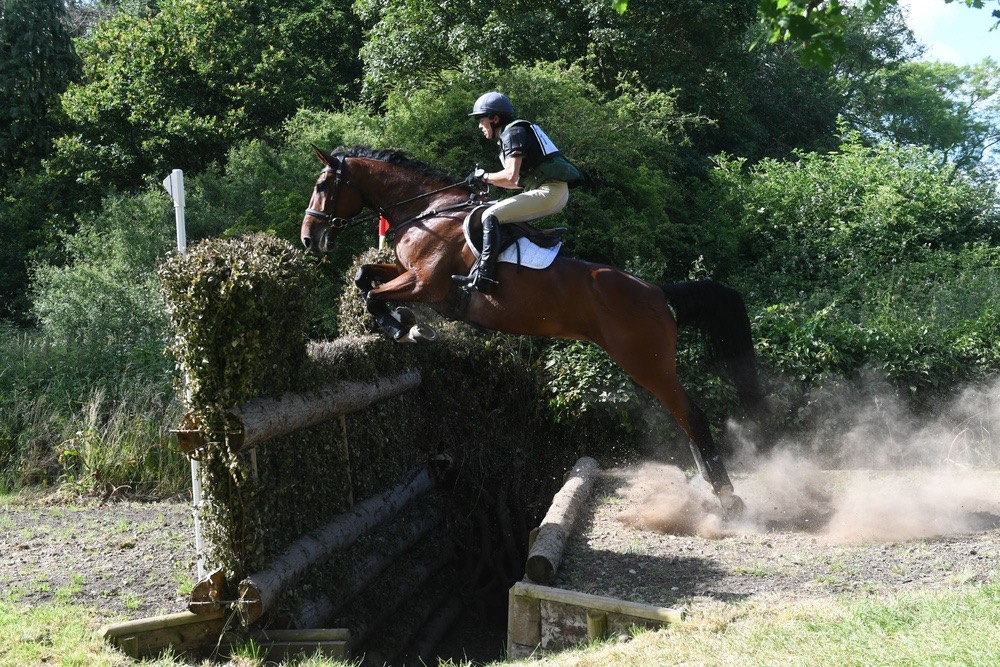
Wet Chemistry WSC & Dry Matter Analysis
Establishes the levels of water-soluble carbohydrate (WSC) and dry matter within the forage only.
£65.23
Need Advice? Email, chat or call our feedline phone 01621 841 188
Key Features
Customer Reviews
The level of WSC in forage is particularly important for the management of laminitis prone horses, those with IR/EMS and PPID (Cushing’s) horses where intake of NSC needs to be restricted in order to help manage the problem. NSC, which stands for non-structural carbohydrates, is the sum of WSC and starch added together.
Current recommendations for the management of laminitis prone horses, those with IR/EMS and PPID (Cushing’s) horses are to try to feed hay or feeds with less than 10-12% NSC on a dry matter basis. These figures are primarily based on personal observations and experiences rather than specific scientific studies to show that these levels are ‘safe’. In practice all horses are individuals and the severity of the metabolic issues that they have will vary. Some horses may be managed on hays higher than this level without an issue, whilst management of others may be difficult even on levels of around 10-12% .
The level of WSC in hay directly relates to the level of WSC in grass at the time of cutting. For example, the level of WSC in hay will be higher for hay cut in the afternoon compared to that cut earlier in the morning. The level of WSC is also lower on a cloudy compared to a sunny day. The type of grass in the hay will also influence the level of WSC, with ryegrass typically having a higher level compared to timothy for example. As can be seen the factors affecting the levels of WSC in grass and therefore hay is complex and not easy to predict.
This test also includes dry matter which gives an indication of how much moisture is in the forage. This value is useful to tell us how well a forage is likely to store and is also important to allow us to calculate how much to feed as fed to ensure the horse is supplied with enough forage on a dry matter basis.
Special Offer – Save £25 when you purchase the full Wet Chemistry Analysis set (Basic, WSC and Starch) with Mineral Analysis – discount automatically applied at checkout
How to send your sample in for analysis
Results can only give a good approximation of what is in your forage if a good representative sample is taken. We suggest taking samples from several bales if practically possible and mixing them together to make the final sample. As a guide we need approximately ½ a carrier bag sized sample.
Postage is at your own cost. Please exclude as much air as possible prior to packing. Try to send your sample at the beginning of the week to avoid it sitting in the post over the weekend. Please send your sample including details of the forage type and services required and your contact details in a covering letter to the following address: –
Dengie Crops Ltd, Howells Farm, Maypole Road, Maldon, Essex, CM9 4SY
How long will the analysis take?
Please allow 2 weeks for the NIR analysis and up to 1 month for all other services. At busy times it may take longer.








Reviews
There are no reviews yet.